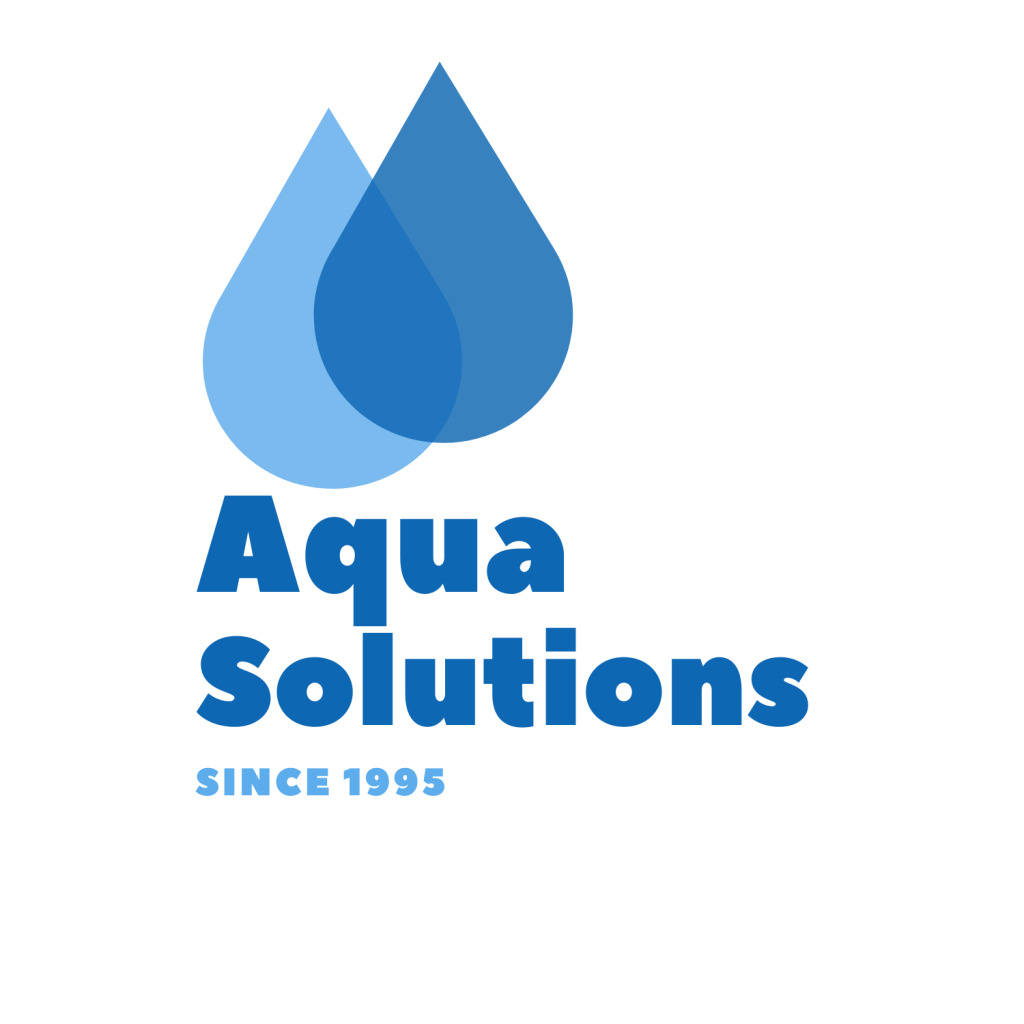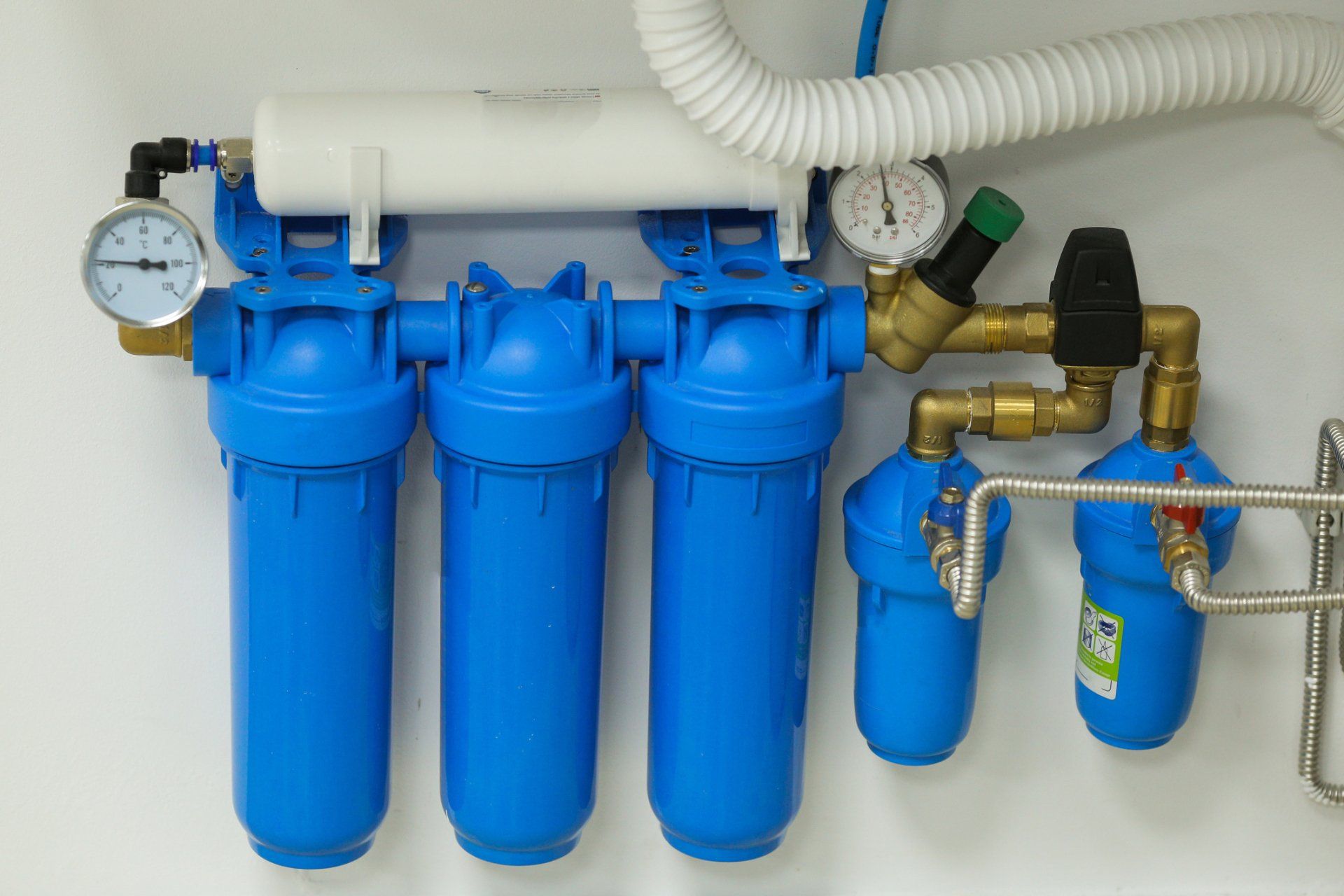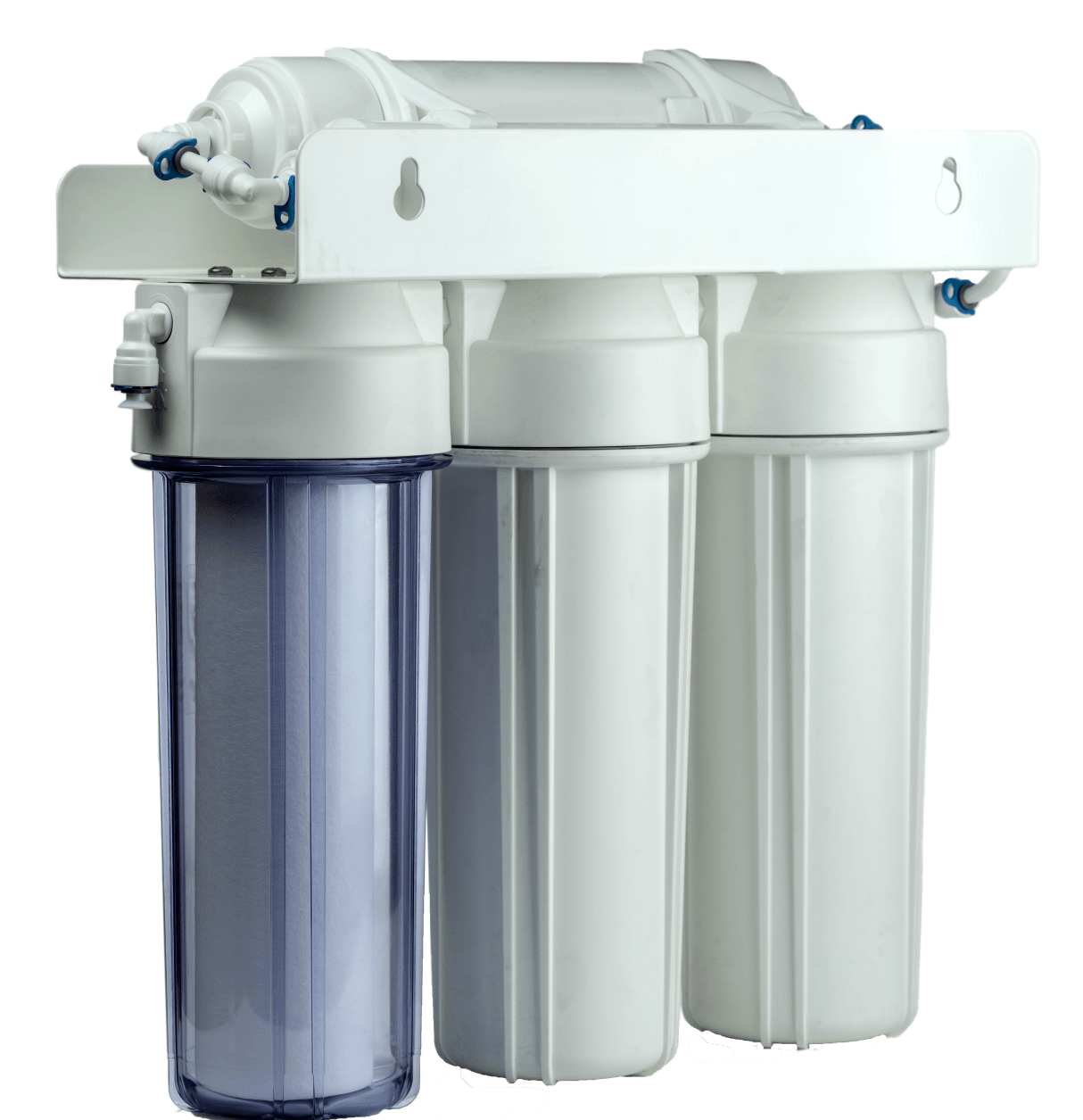Reverse Osmosis Water Systems
Bottle Water Quality straight from Your Home!
Reverse Osmosis
When a lot of people hear about Reverse Osmosis they think about how bottle water is made, well; they are right! In todays era you can actually make bottled water quality water, in your own home! There are many benefits to this, you will cut down on your plastic consumption and cost savings every year for a start!
Reverse Osmosis Filter Installation
Installing a Reverse Osmosis system is relatively simple, we come and install a small retaining tank in your basement to hold the pure water so it is ready when you are, and then we come up and install an extra faucet (of your style choosing) with a couple sediment filters under the sink. Some of the filters are for filtrating carbon, sediment, and other microbes that may lurk in your water.
Book Service
Reverse Osmosis Product Specifications
FAQs
Got a question? We’re here to help.







